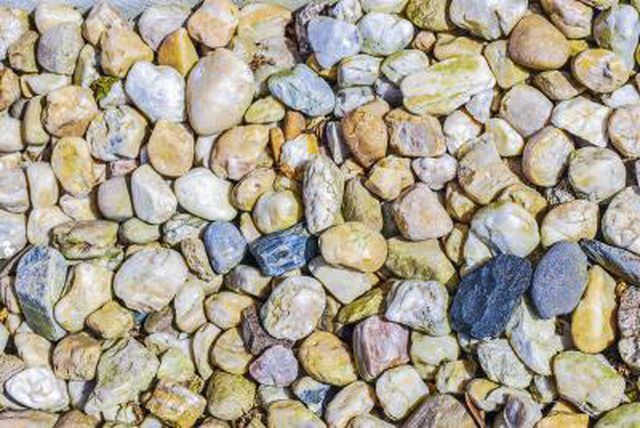Bulbs
Flower Basics
Flower Beds & Specialty Gardens
Flower Garden
Garden Furniture
Garden Gnomes
Garden Seeds
Garden Sheds
Garden Statues
Garden Tools & Supplies
Gardening Basics
Green & Organic
Groundcovers & Vines
Growing Annuals
Growing Basil
Growing Beans
Growing Berries
Growing Blueberries
Growing Cactus
Growing Corn
Growing Cotton
Growing Edibles
Growing Flowers
Growing Garlic
Growing Grapes
Growing Grass
Growing Herbs
Growing Jasmine
Growing Mint
Growing Mushrooms
Orchids
Growing Peanuts
Growing Perennials
Growing Plants
Growing Rosemary
Growing Roses
Growing Strawberries
Growing Sunflowers
Growing Thyme
Growing Tomatoes
Growing Tulips
Growing Vegetables
Herb Basics
Herb Garden
Indoor Growing
Landscaping Basics
Landscaping Patios
Landscaping Plants
Landscaping Shrubs
Landscaping Trees
Landscaping Walks & Pathways
Lawn Basics
Lawn Maintenance
Lawn Mowers
Lawn Ornaments
Lawn Planting
Lawn Tools
Outdoor Growing
Overall Landscape Planning
Pests, Weeds & Problems
Plant Basics
Rock Garden
Rose Garden
Shrubs
Soil
Specialty Gardens
Trees
Vegetable Garden
Yard Maintenance
How to Landscape With River Rock
How to Landscape With River Rock. River rock adds natural beauty to your landscaping, while offering a durable ground-covering option. Home improvement stores sell the smooth, earth-tone rocks, which vary in size. With proper installation, your rock-landscaped area holds up well to traffic and stays put.

River rock adds natural beauty to your landscaping, while offering a durable ground-covering option. Home improvement stores sell the smooth, earth-tone rocks, which vary in size. With proper installation, your rock-landscaped area holds up well to traffic and stays put.
Pick Your Purpose
River rocks work well for many purposes in the landscape. Use smaller rocks to create pathways in the backyard or fill in gaps between larger flagstone walkways or patios. The rocks work well as ground cover if you have an area where grass doesn't grow well. They can help with drainage by creating a channel that guides water through your property. This use is ideal if you have an area that tends to erode or gets a lot of water running through it.
Plot it Out
Mark the area you'll cover with the river rocks. Having a defined area guides the excavating process. Pathways generally maintain a constant width for the entire length, whether the path is straight or winding. Ground cover areas and patios take on different shapes, depending on the space you want to cover. Drainage areas often follow the usual path of the water and may be winding. They are often less structured and might resemble a winding river bed to naturally guide the water through your yard. Mark the borders with spray paint, a garden hose or strings tied to stakes.
Dig It
A trench gives the river rocks a secure place to rest so they stay in place. Dig down about 3 inches, making the bottom of the trench level. Landscape fabric in the bottom of the trench suppresses weed growth in the landscaped area. Add a 1/2-inch layer of sand over the landscaping fabric. Level the sand carefully with a rake so you don't tear the fabric. If you plan to add edging to the area, install it now along the edges.
Cast the First Stone
The weight of river rocks makes the job of moving them a strenuous one. Use a wheelbarrow to transport the rocks to the work area. You don't need to fill the wheelbarrow completely if it is difficult to maneuver. Shovel the river rocks into the area in an even, level layer. Use a sturdy rake to level out the rocks as you go. If you're using the river rocks as a filler between larger rocks, place those larger rocks first.